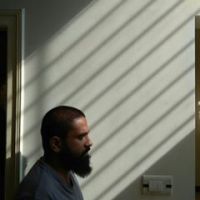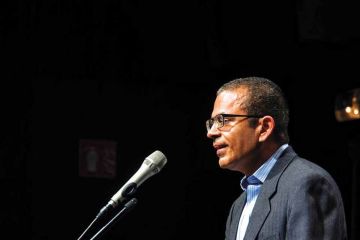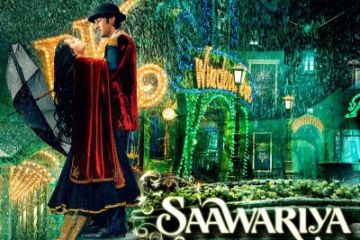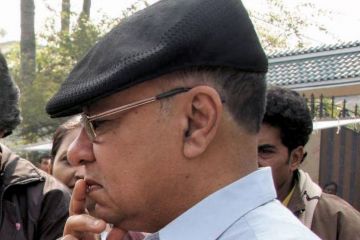
Gurvinder Singh, an alumnus of the Film and Television
Institute of India (FTII), India, is one of the flag bearers of contemporary
Indian art house cinema. His films Anhey Ghorey da Daan (Alms for the
Blind Horse) and Chauthi Koot (The Fourth Direction) were premiered at
the prestigious Cannes and Venice film festivals respectively, and both went on
to win numerous awards in various international film festivals. Anhe Ghore
da Daan also fetched him the national award for best director. His
Continue reading “'Good cinema will continue to find relevance'”
Read this story with a subscription.





